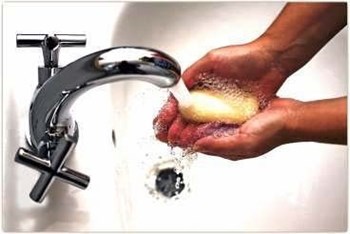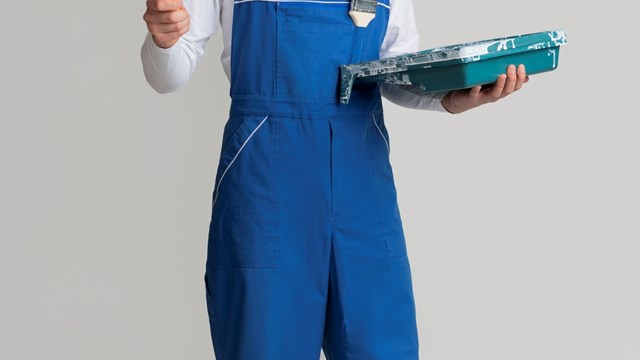
The concern spread this fall like a highly-contagious disease. Schools across the nation were closed so that cleaning crews could sweep through with disinfecting agents after a number of students developed staph infections, and two students in Virginia and New York died. People from Waltham, Massachusetts, to Seattle, Washington, worried about deadly outbreaks.
The culprit behind the scare: Methicillin-resistant Staphylococcus aureus, more commonly known as MRSA. A bacteria that stands up to methicillin and other antibiotics, MRSA is most frequently found in hospitals and other healthcare facilities, such as nursing homes. But it made headlines this fall when it affected people in schools and other non-medical settings.
Cause for Concern?
Suddenly, Americans were familiar with a new term: CA-MRSA, or "community associated MRSA." And the question arose: Should your community association be concerned?
The United States Centers for Disease Control (CDC) notes that while 25% to 30% of the population is colonized with staph (meaning that bacteria are present, but are not causing an infection with staph), approximately 1% is colonized with MRSA. Staph or MRSA infections in the community are usually seen in the form of skin infections, according to the CDC, and outside of the healthcare setting, can occur in otherwise healthy people.
School officials across the nation who became alarmed when students showed signs of MRSA infections — and students in New York and Virginia died — concentrated on one area of their buildings: the gymnasium and its attendant locker room.
Because CA-MRSA can be transmitted from person to person through close contact, attention is focused on places where a lot of sharing and close contact take place. Towels, showers, weight training equipment and other environmental surfaces came under scrutiny.
Fitness Areas at Risk
And if your community association has a fitness center or similar facility, it may be a prime area to keep an eye on as MRSA cases become more prevalent. "We haven't seen any outbreaks in condominiums," said Ralph Buston Jr., owner of ServPro of North Worcester, a cleanup and restoration company. "Most people right now are pointing fingers at schools."
But the common areas of many condominiums share a potential for the spread of infection with school settings. "Basically, the bacteria is transmitted through contact, and can be transmitted on surfaces. If somebody has (the infection) and you have an open wound, you can pick it up." Thus, fitness centers, saunas, laundry rooms, even condominium offices that are visited by large numbers of people, are potential sites for the spread of illness. "Basically," Buston said, "it's a hygiene issue."
And it's still fairly uncommon, he stressed. But MRSA's resistance to antibiotics is a cause for concern. So what's a community association to do?
Clean Everything
Buston's answer: Clean everything. "You need to take precautions, to protect people," he said. And the way to do that is to thoroughly clean common areas with a disinfectant like Sporicidin. "Look for an EPA-registered disinfectant that has been tested against the MRSA bacteria," he suggested. Janitorial supply companies will have those clearly-labeled products. While many people thinking about disinfectants automatically reach for the bleach, Buston recommends going with the EPA-registered products. And, he stressed, never, ever, mix bleach with other cleaning products.
While the very thought of MRSA may be intimidating, community associations don't necessarily need to bring in the specialists in white haz-mat suits — although when ServPro employees do site cleanups, they are required to suit up. Properly trained, a community's regular cleaning staff can make disinfecting surfaces a part of their routine, and bring in the professionals only if there's reason to suspect an outbreak.
The Worcester, Massachusetts-based company hasn't been called upon for MRSA-related cleanings at condominiums, but Buston said his crew has been hired by schools and professional sports teams to disinfect locker rooms and related equipment, as a precautionary measure. "When we get called, the first thing we do is to put the disinfectant product in an atomizer, a low-level fogger, and spray it throughout the entire area to be cleaned. We do a broad-spectrum kill before we even start to clean." Then, every surface gets a thorough cleaning.
"The best precaution for people," Buston said, "is hand washing, with soap or a waterless hand cleaner. Keep cuts clean and covered, avoid contact with other people who have wounds, and don't share personal items."




Leave a Comment